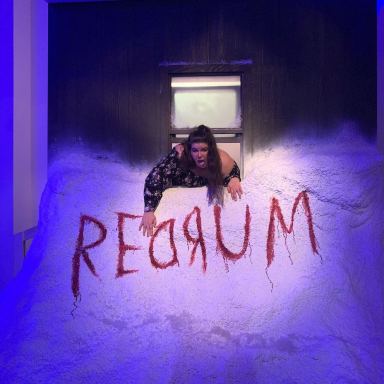The Hunger Games Franchise, Ranked
The Hunger Games is the 21st highest grossing film franchise of all time.

Beginning in 2008, American author Suzanne Collins released a trilogy of young adult books about a dystopian future where the country of Panem rules North America. Split into 13 districts and a separate wealthy Capitol district nestled somewhere in the Rocky Mountains, the outer districts of Panem live in poverty while laboring to provide all of the food, raw materials, manufacturing and military for the ruling class. Meanwhile Capitol citizens lead frivolous lives centered around ostentatious fashion, gossip, social-climbing and obsessing about the annual Hunger Games during which 2 children from each of the 12 remaining outer districts are forced to fight to the death in a televised battle royale until a single winner remains.
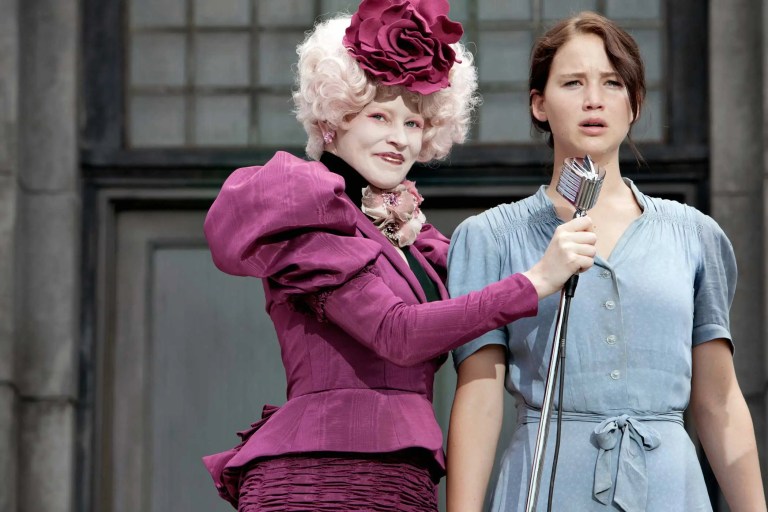
In 2012, the Hunger Games books officially surpassed the Harry Potter books in sales on Amazon. That year the first film adaptation, The Hunger Games (2012) was released with Jennifer Lawrence cast as the franchise’s lead character Katniss Everdeen, Josh Hutcherson as her fellow tribute and love interest Peeta Mellark and Liam Hemsworth as Katniss’ childhood friend and other love interest, Gale Hawthorne. The film set a box office record for the biggest opening day and weekend for a movie that wasn’t a sequel or prequel to an existing franchise. In 2020, Suzanne Collins released a prequel telling the origin story of franchise villain President Coriolanus Snow, which was adapted into a 2023 film and revitalized the fandom. The Hunger Games is now the 21st highest grossing film franchise of all time.
Here is each of the films in the Hunger Games franchise, ranked from worst to best:
The Hunger Games: Mockingjay – Part 1 (2014)

Unlike the Harry Potter films which got significantly better as the franchise went on, the Hunger Games films felt like they peaked early (at least, before the reboot). Mockingjay — Part 1 sees Katniss Everdeen rescued from the 75th annual Hunger Games and taken to the thought-to-be-extinct District 13 while Peeta and Johanna Mason are captured and taken to the Capitol to be tortured. The film shows Katniss’ trauma, her adjustment to District 13 and lays the framework of the rebels’ efforts to defeat the Capitol. There just doesn’t seem to be enough plot to work with in this film, it essentially feels like a very long teaser for Mockingjay — Part 2.
The Hunger Games: Mockingjay – Part 2 (2015)
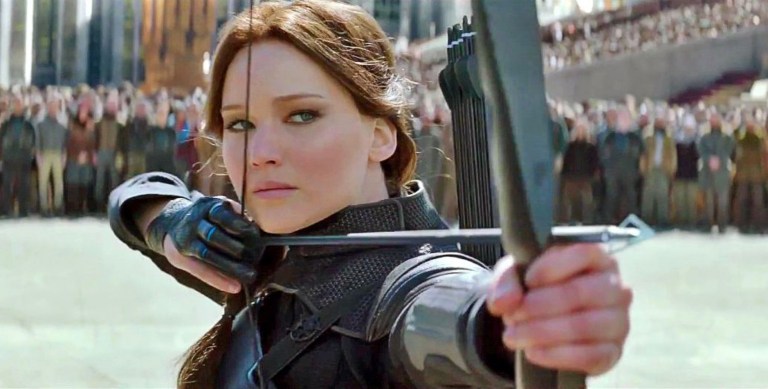
The finale to the original Hunger Games saga is lackluster compared to the earlier films but it has more action and plot development than Part 1. The meat of the Mockingjay book is in this film as we see Katniss step into her role as Mockingjay — a symbolic leader of the rebellion. She is sent to fight in the Capitol in a military squad with Gale, Peeta and Finnick. Amongst the action sequences, we also see the emotional devastation of war, especially when it comes to the fate of Katniss’ sister Prim.
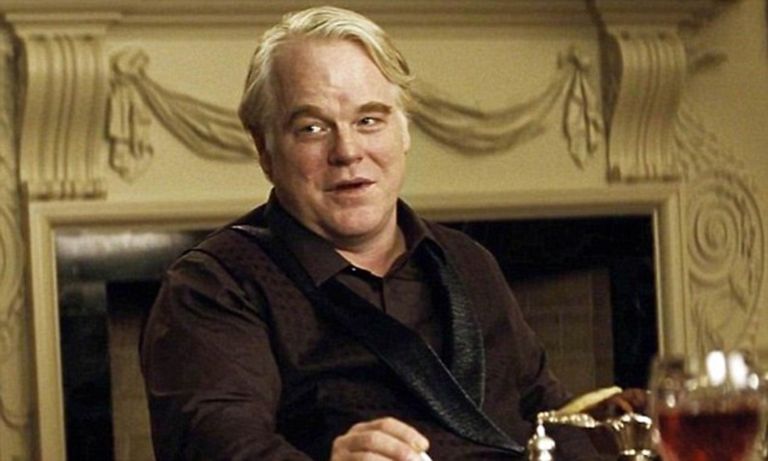
Mockingjay Part 2 is a cautionary tale about unnecessarily splitting a story into two parts and making the audience wait a year to see the story completed. What makes this mistake even more obvious and grating is that Suzanne Collins had a background in playwriting so each of the books had a standard format of three sections of nine chapters each. The previous films in the franchise, Hunger Games and Catching Fire were each based on an entire book and had this consistent three-act structure. This makes Mockingjay 1 and 2 feel out of place because that uniform pacing was suddenly abandoned. It doesn’t help that Mockingjay is also probably the weakest book in the series.
On a November 2023 episode of the late night talk show Watch What Happens Live, director Francis Lawrence was asked if he regrets the controversial decision to split the third Hunger Games book, Mockingjay, into two films. In a moment of candor the director said that in hindsight he “100%” would have made it one movie and he “totally regrets” splitting it up (although to some extent the decision was made before he was hired to direct).
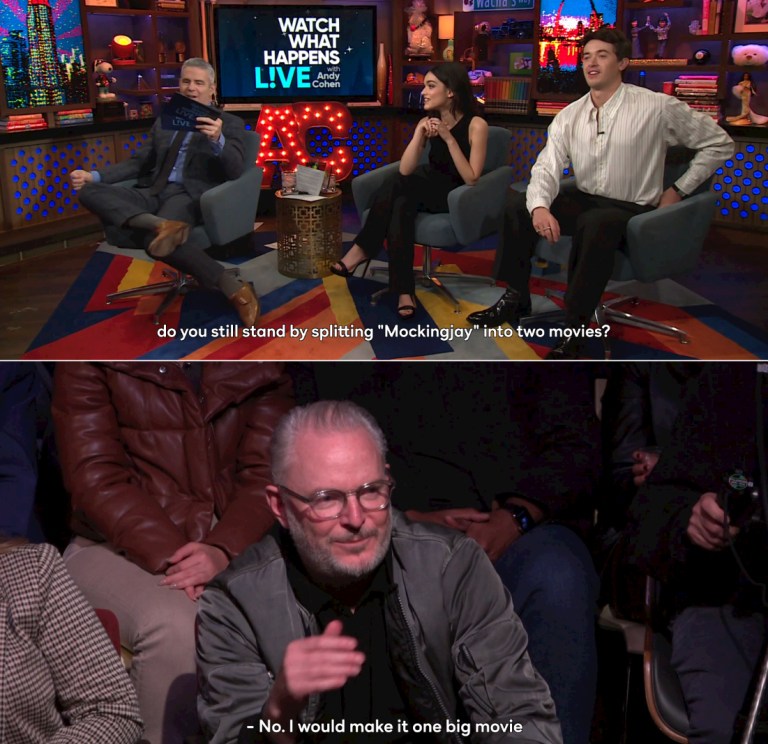
The Hunger Games (2012)
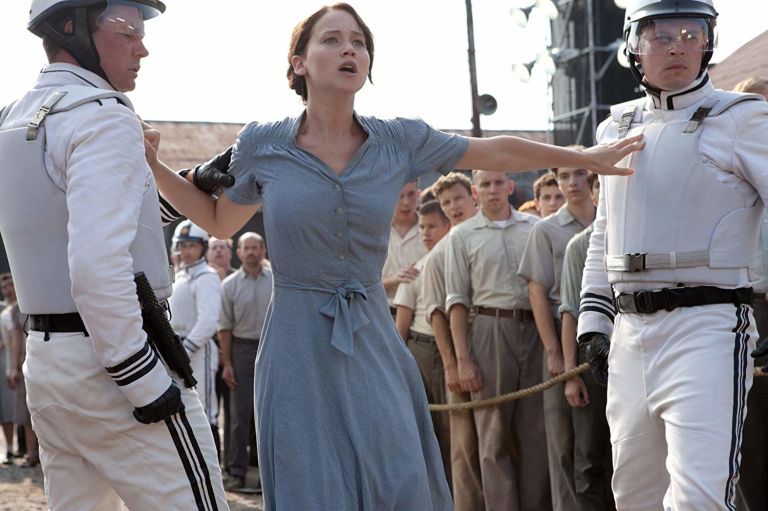
The first Hunger Games film sets up the world of Panem and introduces us to Katniss Everdeen, who volunteers to participate in the 74th annual Hunger Games in order to replace her sister Primrose (Willow Shields). Alongside her, Peeta Mellark, a boy who had once given a starving Katniss bread (and suffered a beating for it), is drawn as the male tribute and the two are sent off to the Capitol for a week of training and interviews before the Games commence.
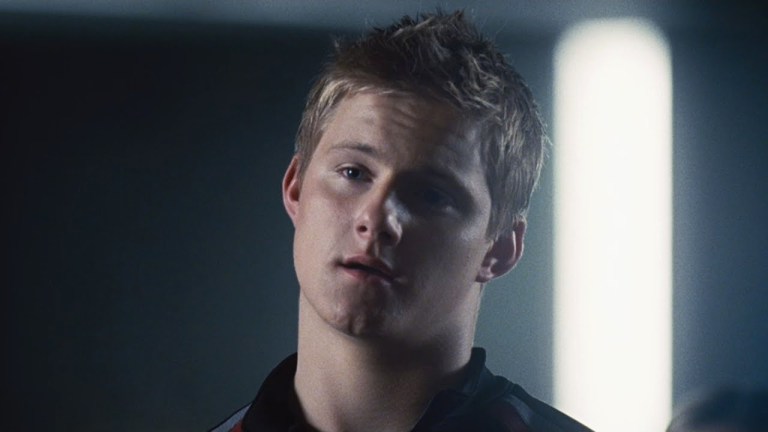
Out of the gate, The Hunger Games is a great movie. Jennifer Lawrence is a talented lead, Josh Hutcherson and Liam Hemsworth are believable love interests and the idea of children fighting to the death is captivating and well-executed with brutal action scenes and emotional deaths. Especially poignant is how many of the tributes are humanized, especially the young tribute Rue (Amandla Stenberg) who teams up with Katniss before she is killed. Alexander Ludwig is chilling as Cato, a skilled, muscular tribute who volunteered to go into the Games to fight for honor and money but realizes by the end that he is merely a pawn to the Capitol, telling Katniss, “I’m dead anyway. I always was, right? I didn’t know that till now.”
The Hunger Games: Catching Fire (2013)
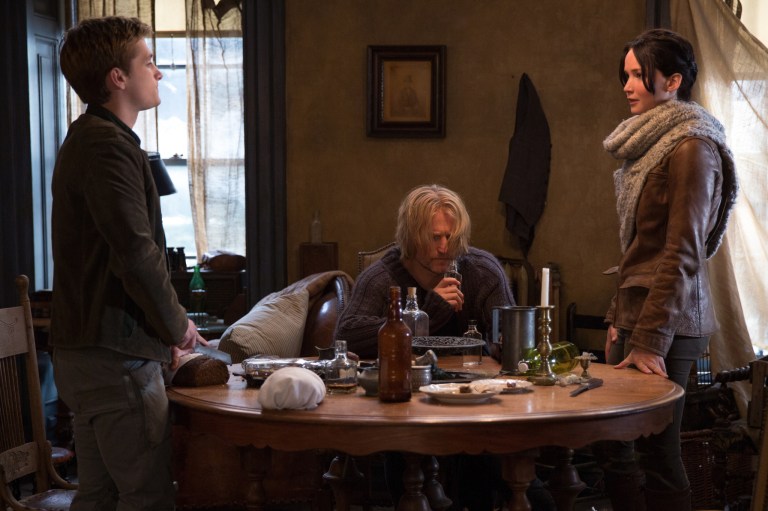
The second Hunger Games film is slightly better than the first. Set one year later, special rules are announced for the 75th annual Hunger Games that the tributes will be reaped from the existing pool of victors. In District 12, this means that only Katniss can be selected as the female tribute and the male tribute could only be Peeta or Haymitch (Woody Harrelson). The trio argues about who should survive while knowing their chances are worse than last year as they will face proven adult fighters who had previously won the games instead of inexperienced children.
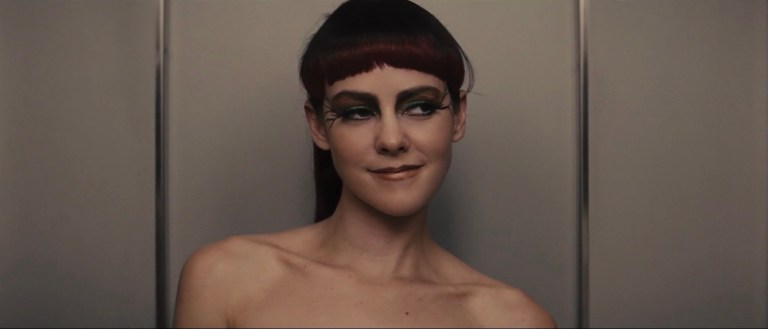
There’s so much to love about Catching Fire — Jena Malone’s performance as the enraged victor Johanna Mason, Sam Claflin as Capitol heartthrob Finnick Odair, the more skillful battle royale scenes, Katniss and Peeta’s character development and the intricate political maneuvering of the victors and rebels. After Catching Fire, it seemed like the Hunger Games franchise had endless possibilities.
The Hunger Games: The Ballad of Songbirds & Snakes (2023)
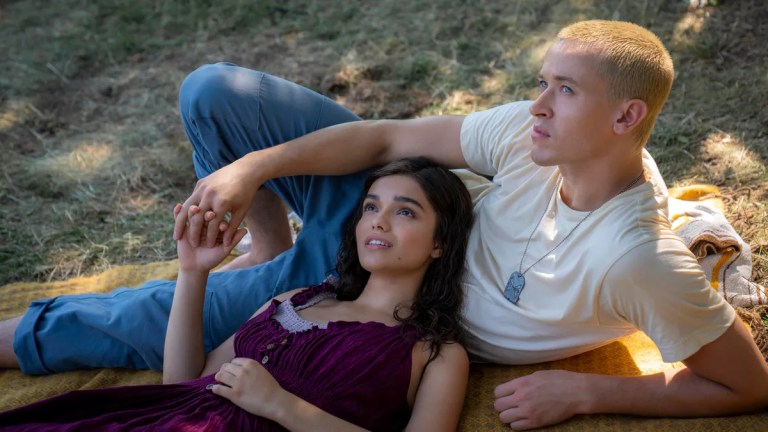
Despite having the lowest opening weekend of all the films on this list, The Ballad of Songbirds & Snakes is the best film in the Hunger Games franchise. Set 64 years before the events of The Hunger Games, Ballad sees an 18-year-old Coriolanus Snow (the eventual evil president of Panem) secretly enduring starvation while desperately trying to preserve his family’s noble image in the Capitol. Coriolanus hopes to graduate with an impeccable academic record and be awarded a scholarship to university, a path that would allow him to support his grandmother and beloved cousin, Tigris (Hunter Schafer), who have been living in poverty with him since the First Rebellion.
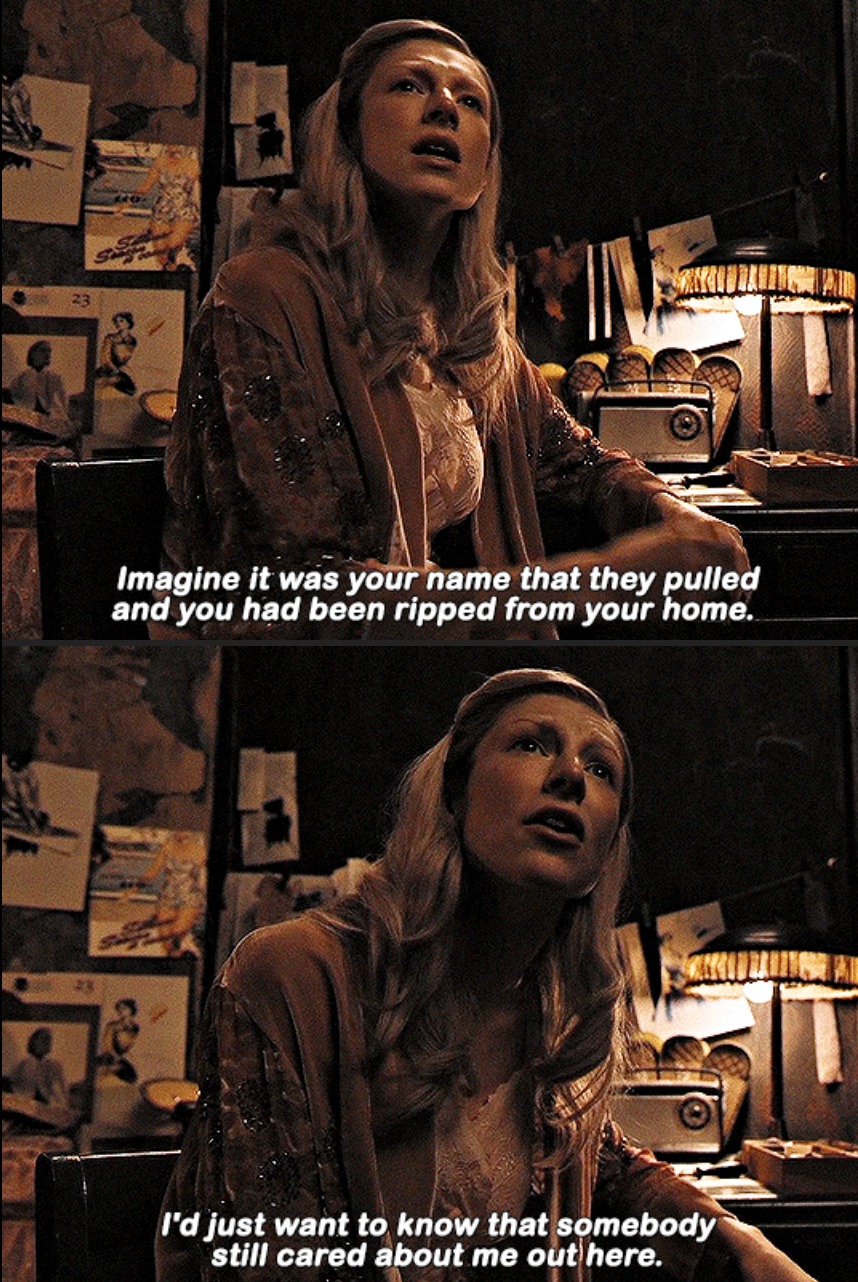
When Coriolanus is given the opportunity to mentor a tribute at the 10th annual Hunger Games, he knows he has to produce a winner to ensure his family’s survival. His dedication to winning only increases when he is assigned the clever but small female tribute from District 12, Lucy Gray Baird (Rachel Zegler), whom he develops romantic feelings for. It is surprising to rank a prequel centered around the villain of the entire franchise as the best film in that franchise, but that’s a testament to how good Ballad of Songbirds and Snakes is. Not only does the film succeed in getting the audience to cheer for Snow, it also sets up his character arc and doesn’t shy away from showing how he gets started down a dark path.
Further reading:
